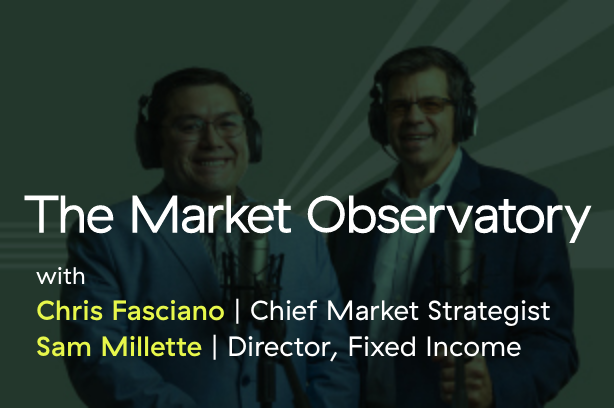For the past two days, I’ve focused on moving averages—specifically, how investors can use them as warning signals and how they work to manage risk. Today, we’ll talk about their potential costs and drawbacks, which are common to any type of risk management program.
Problem 1: Missing out on returns
In a sustained bull market, any time spent on the sidelines can be costly. Using a tactical model underperforms a buy-and-hold strategy when the market is rising over long periods, so any risk-reduction plan can result in lower returns.
I wrote a paper on this a couple of years ago and concluded that the difference was in the initial valuation level of the market. For expensive markets, tactical made sense; for normal or inexpensive markets, the costs of risk management usually outweighed the benefits.
That usually is the real caveat here. Over any time period, in any market, risk-reduction strategies may successfully reduce risk, but at the cost of lower returns. Depending on your goals as an investor, this may be a failure.
Problem 2: Quick drops in the market
Markets sometimes drop too quickly for this type of strategy to work. The 1987 crash is a great example, as is the 2010 flash crash. Using moving averages works best when the danger is approaching slowly—they’re more like a hurricane warning than an earthquake warning. In certain situations, this limitation can lead to failure.
Problem 3: A jumpy market
When the market is bouncing around a critical level, this technique sometimes subtracts value rather than adds. We saw this in 1994, when the moving average signals were in and out on almost a monthly basis. Performance was terrible, and the signals provided no meaningful information.
Of course, nothing’s perfect
These limitations don’t mean moving averages aren’t useful. As a risk identification tool, they can add real value, as long as you understand their strengths and weaknesses.


 Print
Print

